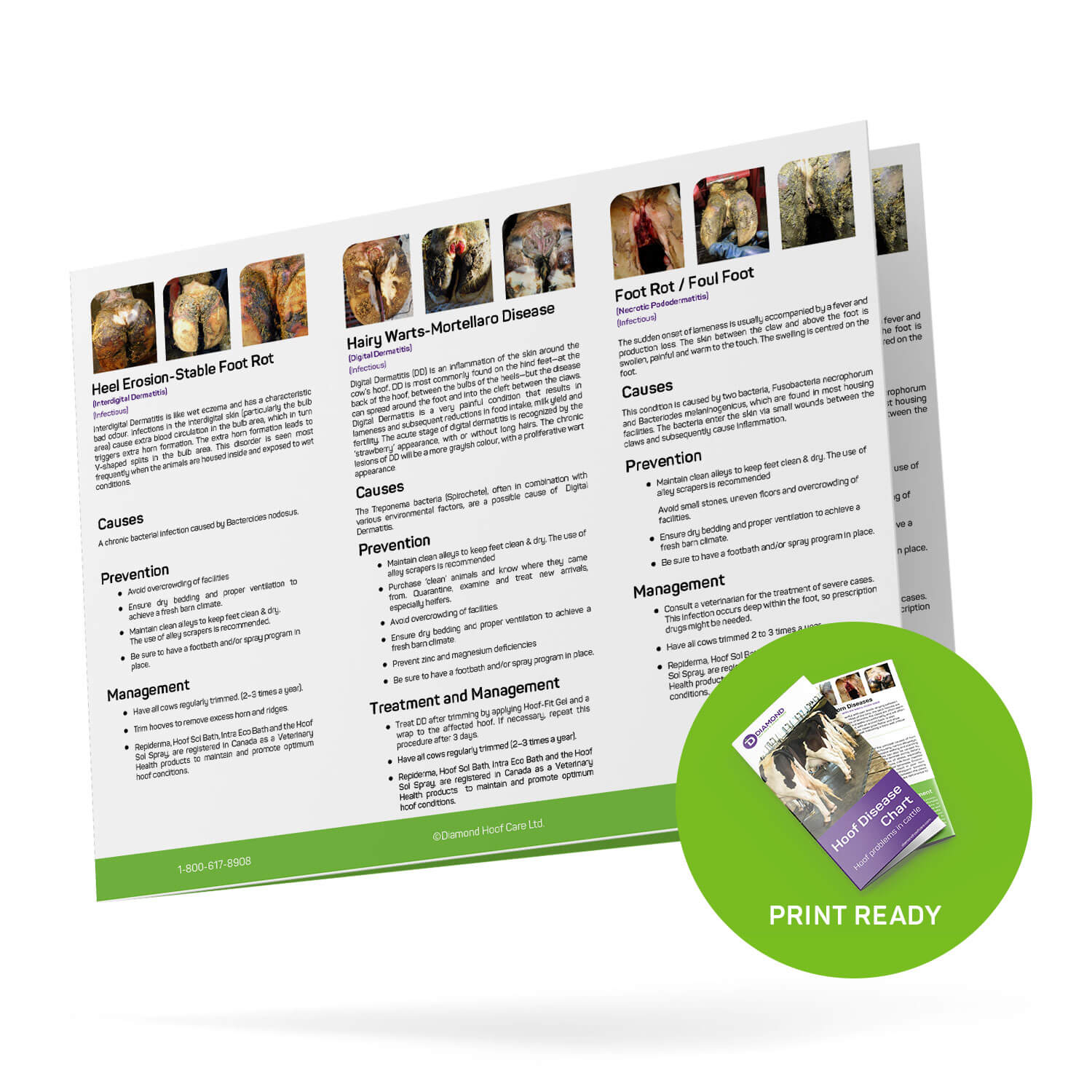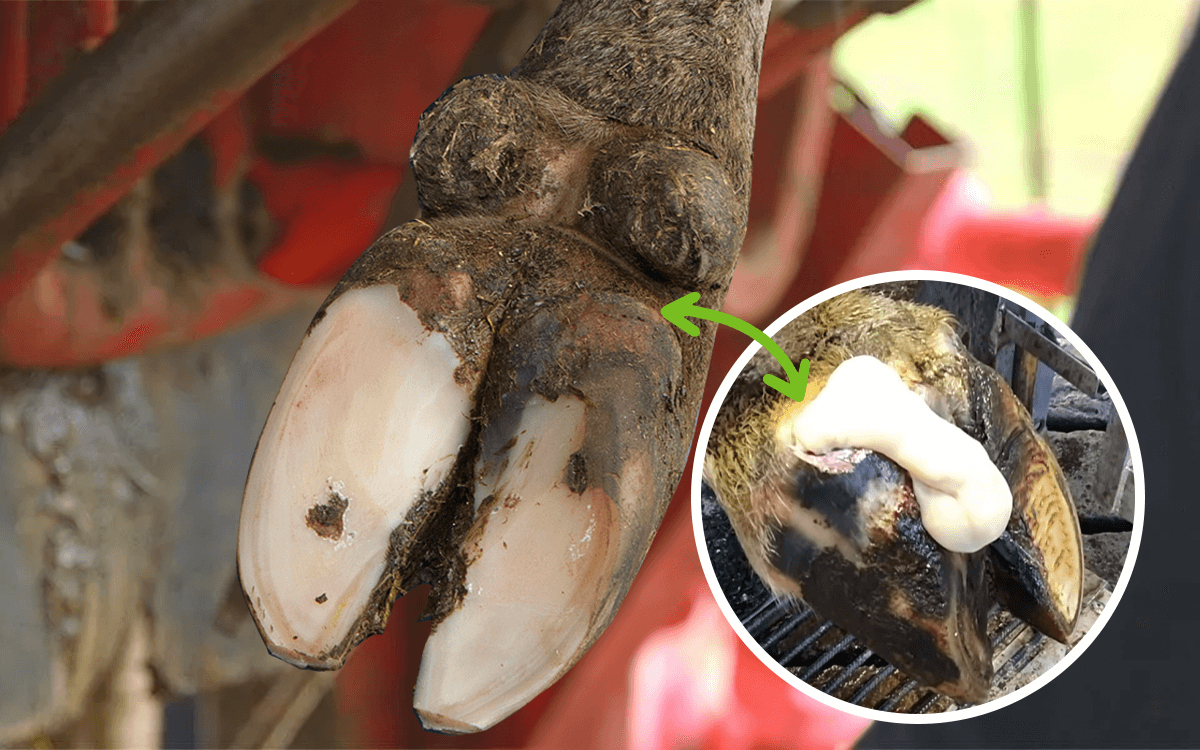Wool break is called so because thin, weak areas in the fibres cause the fleece to break apart when tugged. This is a concern sheep farmers will encounter at some point, and knowing that it’s usually caused by stress or trauma is essential.
Common causes of wool break in sheep include stress and malnutrition. Thus, if the flock didn’t have adequate, nutritious food or experienced a predator attack, the farmer should expect these stressful situations to reflect in their wool. Illness, pregnancy, and parasites are other causes.
I sometimes meet sheep farmers in my tradeshow booth and we have interesting conversations – just like this one.
They shared with me that wool breaks can’t always be prevented, but there are many ways to help reduce the chances of them happening. Wool breaks aren’t always a bad sign because they naturally occur in some sheep species, which you’ll learn more about by reading this article.
Stress

The leading cause of wool break in most sheep is stress or trauma. There are many reasons sheep get stressed, and some examples are:
- Pregnancy. The metabolic and hormonal changes ewes undergo impose stress on their bodies. Pre and post-lamming are important times to be on the alert.
- Harsh weather. Storms, freezing temperatures, and other extreme conditions can stress sheep and leave them with trauma. Caring for a good facility that protects your flock from the weather is one way to eliminate this stress factor.
- Predator attacks. Sheep are vulnerable to many types of predators. Imposing precautionary measures is crucial, so they aren’t threatened or harmed.
- Illnesses. Animals also get stressed when sick. This stress may manifest as itching, which weakens or damages the thin wool fibres.
- Moving. Purchasing sheep on an auction market or by a friendly neighbour and transporting them to a new place, sets them up to get stressed and take time to adjust.
- Pecking order. There’s an internal hierarchy among sheep, and those at the bottom rung are often pushed around during feeding times. Thus, not only do they feed less, but they’re also usually stressed out.
Even if the sheep are adequately fed during stressful periods, they may still experience wool break. That’s because their bodies will divert the nutrients from growing thick wool to other parts that may need them more, for example, the areas that are affected by illness. As nutrients are essential to healthy wool growth, fewer nutrients mean thinner or weaker wool.
Malnutrition

The lack of nutrients leads to wool break, so malnutrition is another major cause of thin, loose wool in sheep. It may occur as a result of stress; as I mentioned, stress at the feed bunk should be avoided.
Malnutrition could result from inadequate or inappropriate feeds. It may also be seasonal because feed quality is often poor during the autumn and may be insufficient to meet the sheep’s nutritional needs.
If the whole flock, not just one or two sheep, is exhibiting signs of a wool break, you should be concerned because the feed may need replacement or supplementation.
Malnutrition could still be a factor if only one or two sheep have a wool break. The affected animals may be at the bottom of the pecking order, so they can’t compete for food, leading to stress and malnutrition.
If you identify these sheep, provide ways in which they can feed properly, without being bothered by their companions.
Speaking of lack of nutrients, young sheep tend to suffer from the wool break more often than adult sheep. That’s not necessarily because they’re underfed; it’s simply that their bodies are still developing, so the nutrients are better spent on these growth processes rather than on wool formation.
It is important to have regular meetings with your nutritionist or feed mill to ensure that the rations are balanced and that your flock gets the proper nutrients.
Diseases and Infections

During an illness, the body will divert nutrients and concentrate on healing the animal. Thus, expect that wool growth will not be a priority during such periods and that the wool a sheep grows will be thinner and weaker.
However, wool thickness usually returns to normal after the animal has recovered. Some sheep farmers have told me that there are exceptions. If the hair follicles were damaged by the illness, it’s possible that the wool will not grow back at all or that its quality will be poorer.
These are some illnesses and infections that usually cause wool break in sheep:
- Pneumonia
- Johne’s disease
- Ringworm
- Mastitis
If you diagnose any of the above, I advise you to contact your veterinarian for a health check of your flock and assistance with getting back on track.
Pregnancy

A wool break is common when shearing a pregnant ewe too close to lambing time. The stress of lambing will cause wool break on a small scale and will decrease the flow of nutrients supporting growth processes, including wool production.
Because of this, pregnant ewes are specially shaved before the lambing season. This is to avoid wool break that would affect the fleece quality. While the fleece may be shorter than usual, farmers prefer early shearing because late shearing usually results in wasting the whole coat. As a rule of thumb, most sheep farmers shave their ewes 30-45 days before lambing.
There are other benefits to early shearing, such as:
- Healthier and more productive lambs
- Drier and cleaner ewes
- Easier feeding for the ewe and lamb
- Better survival rates of the lambs
Parasites

Sheep can be host to various parasites, which can lead to illnesses and stress. A parasite known to cause wool break is Coccidia. It lives in the animal’s intestines and causes coccidiosis. It can trigger wool break because it interferes with nutrient absorption.
Furthermore, some parasites can cause itching. As animals rub themselves against surfaces, they damage their wool fibers, leading to wool loss or poor-quality fleece. Thus, whether or not the parasites cause a wool break, the sheep should still be treated.
Recently, I met a professional sheep shearer in Ontario who uses Intra Repiderma to promote healthy skin and wool growth. Having this product on your shelf is a must if you want to be prepared.
Normal in Some Sheep Breeds

In some sheep breeds, wool break is a natural part of life and not necessarily a reason for concern. That’s because the break helps the animals shed their wool naturally in a process called rooing. Rooing is commonly seen in Icelandic and Shetland sheep. They shed their heavy winter coat as a natural way to avoid overheating in the summer and getting stuck with wool-residing parasites and other pathogens.
Farmers with sheep capable of rooing can help their animals by gently plucking, yanking, or tugging the fleece away from the body. Sometimes, it may only be necessary to run your fingers through the wool for it to come off.
If you’re raising sheep for wool production purposes, the rooing kind may not be your best option because it takes time. However, owners of Shetland sheep have proven that these animals can be valuable as they collect soft, fine fleece from their flocks.

Hoof Disease Reference Chart
Sources
- Michigan State University: The benefits of shearing before lambing
- Texas A&M University: SHEEP & GOAT PUBLICATIONS
- Government of Western Australia: Avoiding tender wool
- Pine Knoll Sheep & Wool: Tenderness and breaks in wool staples
- Ohio State University: Shearing the Flock: When are you Shearing?
- Purdue University: Common Diseases and Health Problems in Sheep and Goats
- NADIS: Itchy sheep
- Morning Chores: Rooing Sheep: Should You Do It Or Let Nature Run Its Course?
- Foggy Hollow Ranch: Processing Fleece
- Shetland Sheep Society: Shetland Wool




